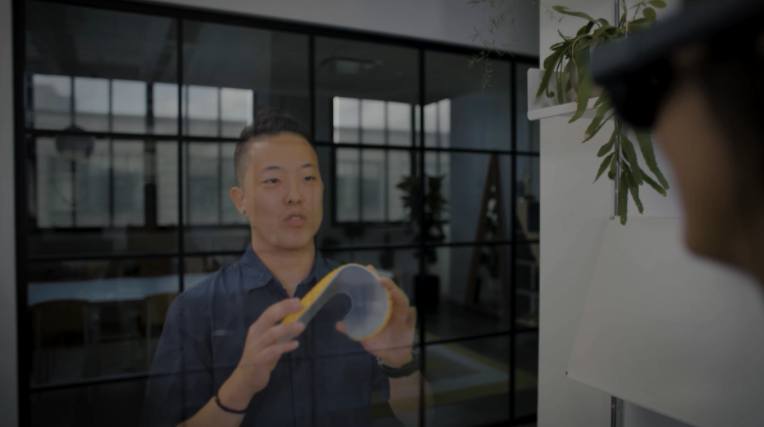Cisco Introduce New Augmented Reality Meeting Solution

Most of us have experienced the need to work from home during the COVID-19 pandemic, and it’s likely that your zoom calls with colleagues weren’t as immersive and present compared to real face-to-face meetings. Furthermore, to-date the global industries are still experiencing travel bans, and many customer visits have been delayed. Many businesses are still suffering from this virus outbreak.
While the idea of meeting in the Metaverse may be closer than you think, it’s probably not going to happen anytime soon. We do, however, already possess the technology that can improve our grid-like Zoom or Microsoft Teams meetings by allowing it to be more photorealistic, immersive and present.
On October 26 2021, Cisco (NASDAQ CSCO), unveiled a preview for its latest collaboration product at WebexOne. Webex Hologram is an industry-exclusive real-time meeting platform. It uses AR headsets to combine Webex meeting platform and 3D Holograms.
According to Cisco Hybrid Work Index, flexible work arrangements will be more common as over half of the employees believe that being able to work from home remotely directly impacts whether they leave or stay in their job. This presents a problem for project members that need to collaborate with physical objects, such as those who design or train. Users can now interact with Webex Hologram's offering in ways that were previously only possible with the actual person being present.
Companies have been urged to provide immersive virtual meetings as a result of the global pandemic. In the healthcare industry, for example, whenever a new surgical device is introduced, doctors, technicians, support and sales teams must be trained quickly. Webex Hologram allows for remote training to be done without the person needing to be there. It also gives the opportunity to view the surgical device in all angles and its exact size, just like a doctor.
What can we expect from Webex Hologram?
Webex Hologram is a unique virtual and 2D meeting experience that allows for co-presence. It delivers photorealistic, real time holograms of people in real time. This means that participants will experience a more real-life experience, rather than using avatars. This is a huge advantage when it comes time to problem-solving and training.
Webex Hologram allows presenters to share both digital and physical content, allowing users to collaborate and co-create. For example, let's say you are an auto manufacturer. To provide feedback and inspection of the engine and undercarriage, participants can interact with an AR prototype of the vehicle. During the immersive experience, participants can also share design renderings of the vehicle and other digital content.
Webex Hologram is compatible with AR headsets such as Magic Leap and Microsoft HoloLens.
What is the technology behind the Cisco WebEx Hologram?
According to ZDNet, The cloud rendering technology used in photorealistic holograms allows for the partial rendering of the light field in the cloud, with final adjustments made in the headset. This allows for the headset's scene to be updated immediately, eliminating motion sickness that can accompany other experiences. This technology also optimizes computing power by pushing the majority of the compute off the headsets. It bypasses headset limitations and instead uses the full power of cloud server to deliver a superior experience. Webex Hologram can run seamlessly over the internet today, this is even true for LTE.
This allows for easy capture and compression of light fields as well as transmission over the internet. Cisco's compression methods allow for uploading captures to the cloud and transmission to the headset from the cloud, all within a standard broadband connection range.
The extraordinary holographic quality of light fields is remarkable. Although light fields are not new, they do offer many advantages over volumetric videos. Light fields, for example, can be used to represent real-world points in a scene using different colors depending on how they are viewed. The volumetric video, on the other hand, will limit the representation to one color. This difference allows Webex Hologram to better represent reflective and shining objects such as the human eye.

